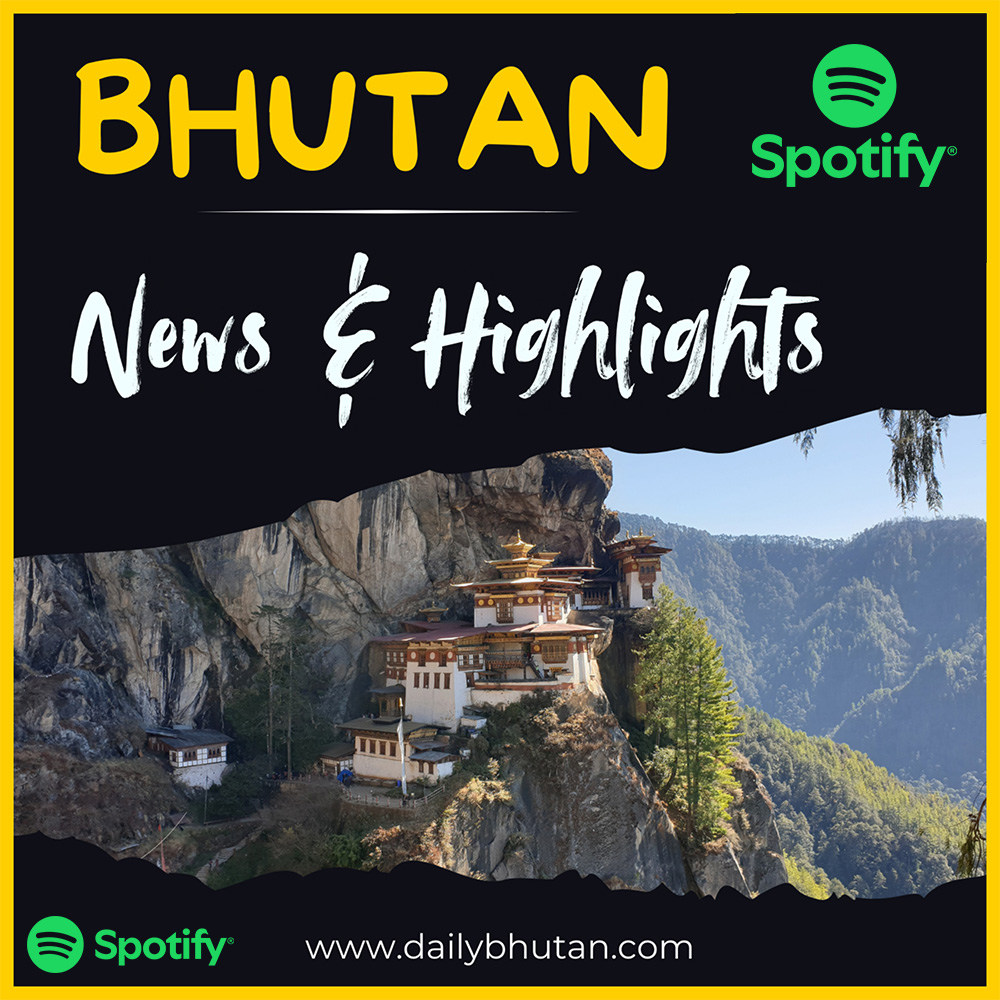Tshoglhams, the 'colour-coded' traditional boots of Bhutan
The colour of the traditional boots indicates the status of the wearer.

If you were to fuse all the culture in Bhutan into one tangible item, you get the tshoglhams. And you can wear them on your feet!
Tshoglhams are traditional boots typically worn by Bhutanese men during festivals and formal occasions. They are knee-length with vibrant colours. Nowadays, there are modern versions with high heels or platforms for women, known as lhams, that reach just above the ankles.
Recently, half-tsholglhams have also emerged.
The boots have a trademark upturned toes. They consist of three individually made parts that are sewn together.
The lower portion of the boots are usually made of leather applique and are white in colour. The middle part has intrinsic images embroidered onto the brocade, often featuring phoenixes or flowers. Last but not least, the upper portion is made of silk brocade or woollen material, with patterns sewn onto the fabric.

The Bhutanese usually don’t wear tshoglhams during their daily life. However, they are required to do so during certain ceremonies. You often see them don these exquisite masterpieces on special occasions too.
One official ceremony that mandated that tshoglhams were worn was the first tshogdu (national assembly) in 1953, where all the members of the assembly wore the traditional boots.
King Jigme Khesar Namgyel Wangchuk wore tshoglhams during his coronation in 2008. His boots were designed by Italian fashion house Salvatore Ferragamo. His Majesty can be seen wearing tshoglhams during various formal occasions including the Royal Wedding Ceremony with Queen Jetsun Pema.

The process of making tshoglhams is tedious. Not to mention hard work. It involves leather, silk, and lots of needlework. Not surprising, it is considered one of the 13 traditional Bhutanese arts and crafts, classified as weaving (thagzo).
Traditionally, these boots were made of silk cloth (gechen). But over time, though the main design hasn’t changed, the material used to make the boots have. Instead of thin leather soles, thick rubber soles are now used to make them more comfortable. Customers also bring their own designs for their boots or add zippers as they please.
What does the colour of one’s boots indicate?
The colour of a person’s boots depends on their social status.
Here’s a simple rundown:
Yellow - King or Chief Abbott (Je Khenpo)
Orange - Ministers
Red - High-ranking officials
Blue - Members of parliament/National council
Green - Normal citizens
One cannot simply wear any colour they please. If you are a normal citizen or tourist, the shops would only sell you the civilian green boots.
The ups and downs of the tshoglhams
Tshoglhams are believed to have been introduced to Bhutan with the arrival of the Zhabdrung (Great Tibetan lamas) in 1616.
Sadly, the art is slowly dying out. Nowadays, the Bhutanese prefer more practical shoes.
By the end of the 20th century, the only ones who still wore these traditional boots were the ministers (lyonpo or lyonchhen) and dasho, who are royal government officials awarded an honorary title by the King.
Given the hard work it takes to make a pair of tshoglhams, coupled with the low demand, it is no surprise that the art has been at risk of being lost forever. Right now, the only ones to wear the boots are high-ranking monks and officials, as well as dancers. Perhaps an occasional tourist here and there. Each person buys perhaps two pairs of shoes in their lifetime.
A pair of boots cost between Nu. 1,800 (USD30) and Nu. 6,000 (USD150). Given the lack of demand, selling the boots is not a feasible way of making a living.
As such, the art of making tshoglhams nearly died once before. Leading up to the 1953 national assembly when it was mandatory for all the members of assembly to wear the boots, there were no bootmakers in the country. They had to source the boots from Kalimpong in India.
Rescuing the tshoglhams
The former prime minister of Bhutan, Tshering Tobgay (who was the director of the former National Technical Training Authority in 2001) took actions to preserve the art of making tshoglhams.
Determined to ensure that the art doesn’t die out, he sent a teacher and six students from the National Institute of Zorig Chusum to Paro to study under Lopen Tenzin Wangdi.
At that time, Lopen Tenzin Wangdi was the only remaining person alive who knew the art of making these boots. He was trained in Tibet and was tasked with making the boots for members of the royal family and senior civil servants. However, the master bootmaker could not find anybody to pass the art down to.
Through the initiative, five masters and 16 apprentices were trained in the art. Thus, they have ensured the continuation of the tradition.
Now, the art of making tshoglhams is taught at two Zorig Chusum Institutes, one in the capital of Thimphu and the other at Trashiyangtse in eastern Bhutan.
If you wish to snag yourself a pair while you’re in Bhutan, one place that has a nice selection to choose from is The Craft Gallery in Thimphu. You’ll want to experience strolling down the streets of Bhutan in your very own tshoglhams.





